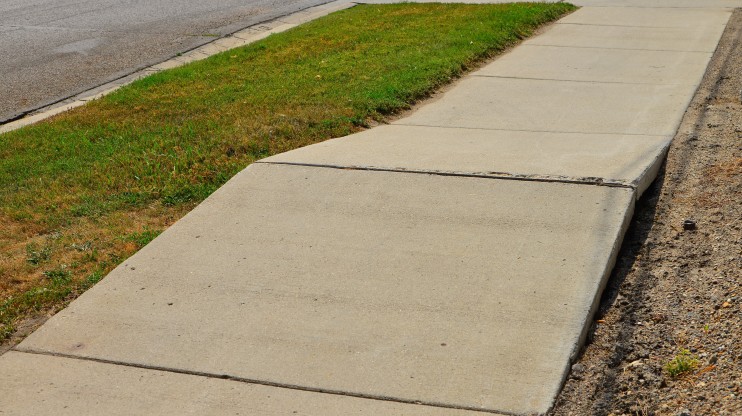
7 Business Drivers for Retail Facilities Sustainability
The practical business cases for incorporating sustainability are well-documented and numerous.

The practical business cases for incorporating sustainability are well-documented and numerous.

Cambridge, Massachusetts’ 2014 Building Energy Use Disclosure Ordinance (BEUDO is poised to significantly impact commercial and industrial businesses, pushing the boundaries of energy efficiency and sustainability.

The State of Oregon passed House Bill 3409 in 2023. This comprehensive bill addresses climate-related issues, from adopting heat pump technology to reducing greenhouse gas emissions.

In the world of energy management, peak demand periods represent a critical time when the electricity grid is under the most stress, typically during extreme weather conditions like heat waves or cold snaps.

Pavements are susceptible to inherent issues due to freeze/thaw cycles, where the interplay of water, temperature fluctuations, and existing cracks can lead to imminent problems.

As the Pacific Northwest continues to take charge of climate action, Seattle stands at the forefront with its ambitious Building Emissions Performance Standards (BEPS).

California has enacted new legislation that paves the way for a statewide building performance standard (BPS): the Energy Savings Act (Senate Bill 48).

Maryland is on the forefront of climate action with the introduction of their own Building Energy Performance Standard (BEPS) policy, a pivotal component of the State’s Climate Solutions Now Act of 2022.